Jogging Longstrength Style
In Dr. Schwartz’ patent for “Strength Endurance Method” he describes what became his “Pan-X” exercise apparatus. While he has a separate patent for that device, he mentions it in order to describe his strength endurance method.
He describes a number of exercises for his strength endurance method and one is a version of “jogging”.
Why is it suitable for “longstrength”?
Here is an interesting passage from the patent filing that relates both to “jogging” with Dr. Schwartz’ device and other exercises he envisioned using too.
Dr. Schwartz had previously added “Heavyhands” to walking, jogging and running to maximize the aerobic value of those exercises. In his development of “Longstrength” theory, he envisioned using the body’s own weight to exercise both the upper and lower body in order to build not only aerobic capacity but muscles capable of exerting greater strength over longer than average times. Here is how that would have transformed “jogging” into a “Longstrength” exercise – by making it a “whole body” movement:
[The Pan-X device] used in “whole body” jogging movements in which the upper body is clearly a most active participant. “Press-ups” and “pull-ups” performed by the arms on the [cross bars of the device] add substantial upper torso work to these in-place ambulatory movements. Additional work may be included by lateral movements of the upper body (side-leans) and abduction/adduction movements of the thighs are options…. Thus, the goal of the method is to maximizethe “continuous strength” of a growing assessment of skeletal muscle groups, all within the framework of cardiovascular training. The measurable fitness levels achievable by this method cannot be duplicated by any combination of current conventional strategies, regardless of the complexity, size and overall expense of the equipment subserving those strategies. Further, those well trained by virtue of this method will find themselves able to enhance their performance at most conventional exercises and most forms of sport.
The nature of the additional strength made available by training with this method apparatus and its prescribed techniques is likely to be consistent with the development of “new” skeletal muscle mass which is structurally to be distinguished from that resulting from conventional strength training. It is believed that certain microscopic elements, i.e., intercellular capillaries and intracellular mitochondria will increase in number and density in skeletal muscles. In contrast, it is generally agreed that the distribution of such microscopic elements so crucial to continuous rhythmic work capacity are reduces or remain stable during prolonged conventional weight training.
In terms of agility, this method is employed to fuse strength and endurance and also makes for enhanced motor skill consistent with our general definitions of agility. This unique “whole body” mobility continues to improve along with additions of strength and endurance. Dance-like movements, compound movements, shifts [in position on the device], and sprints represent a few of the categories of movement choices that both require and add to the quality of agility that can be gained uniquely from this exercise.
In terms of pure strength, this method is apt to gain considerable strength and most of this will be of the continuous or “Longstrength” variety. This does not preclude training for a pure strength which can also be performed within the constraints of this method. Various pull-ups and press-ups during which the body’s weight is shared very little make for this option.Pure leg strength may be added in the form of one legged squats performed [with the device], first using a slight arm assist, gradually utilizing the leg musculature alone. Abdominal strength may be acquired by a number of movements in which the upper body segment is flexed against resistance,or during movements which require the lower body segment to flex upward while the feet are held off the floor, either while working [at various positions on the device]. Again, these strength movements can either represent the user’s total full strength training or be used as adjuncts to strength training of the conventional sort.
In terms of flexibility, this method makes possible a unique approach to the acquisition and maintenance of flexibility. Given the support of the body at both [various positions on the device], whole body flexibility can be attained in either the “static” or “dynamic” mode. The hands can control the force which is applied to any of a large series of stretching movements that also eventuate in increased ranges of motion at the joints (an essential ingredient in most definitions of flexibility)….
Jogging while supporting oneself with the arms is a whole exercise, which happens to include something that remotely resembles what runners do when they call what they doing. But the hang time is different when compared with conventional running. 120 steps/minute can be achieved with the arms supporting the body. This is impossible during an unsupported jog.
So Dr. Schwartz envisioned a mode of jogging or running that would end up training the whole body because the arms would be supporting the body during the exercise and be activated as they supported the running movement. Pressing up, pulling up, supporting the body’s weight, etc. would strengthen the arms and the “core” while the legs were being actively exercised and aerobic capacity developed.
One of his main students John McKean never mentions this exercise. Dr. Schwartz himself sees it almost as a form of “active rest” in between more “tiring” exercises based on the above description. In any case, “whole body jogging” or even “dancing” is mentioned as one of the key elements in the development of “longstrength” and, if only for variety, practitioners may want to know how to do this exercise.
While only three prototypes of Dr. Schwartz’ “Pan-X” apparatus were made, the exercise he describes can be mimicked with very good results on any suspension trainer suspended over even a small carpeted area and used in conjunction with “furniture sliders” compatible with carpet.
Here’s a youtube video of the kind of exercise that could pass for “Jogging” for those interested in “Longstrength” instead of old fashioned “aerobics”.
While you’re using the carpet sliders, remember to try Dr. Schwartz’ suggested “scissor movements”, side to side bending, and different ways of supporting your body while sliding, jogging or “dancing”. It may turn out to be a lot more taxing than the “active rest” Dr. Schwartz seemed to envision!
Note: When he asserts that “intracellular mitochondria will increase” as a result of this exercise, he is laying a basis for the claims mentioned in Marty Gallagher’s discussion of “Third Way Cardio” in “Purposeful Primitive” that describe so-called “super hybrid muscle” that have not only endurance but a higher general level of strength as well. As Gallagher noted, other trainers spoke of this possibility and sought to achieve it through adaptations to traditional training, but Schwartz did so with a physician and researcher’s reserve and with his own unique methods (other methods tend to be based on more traditional weight training).
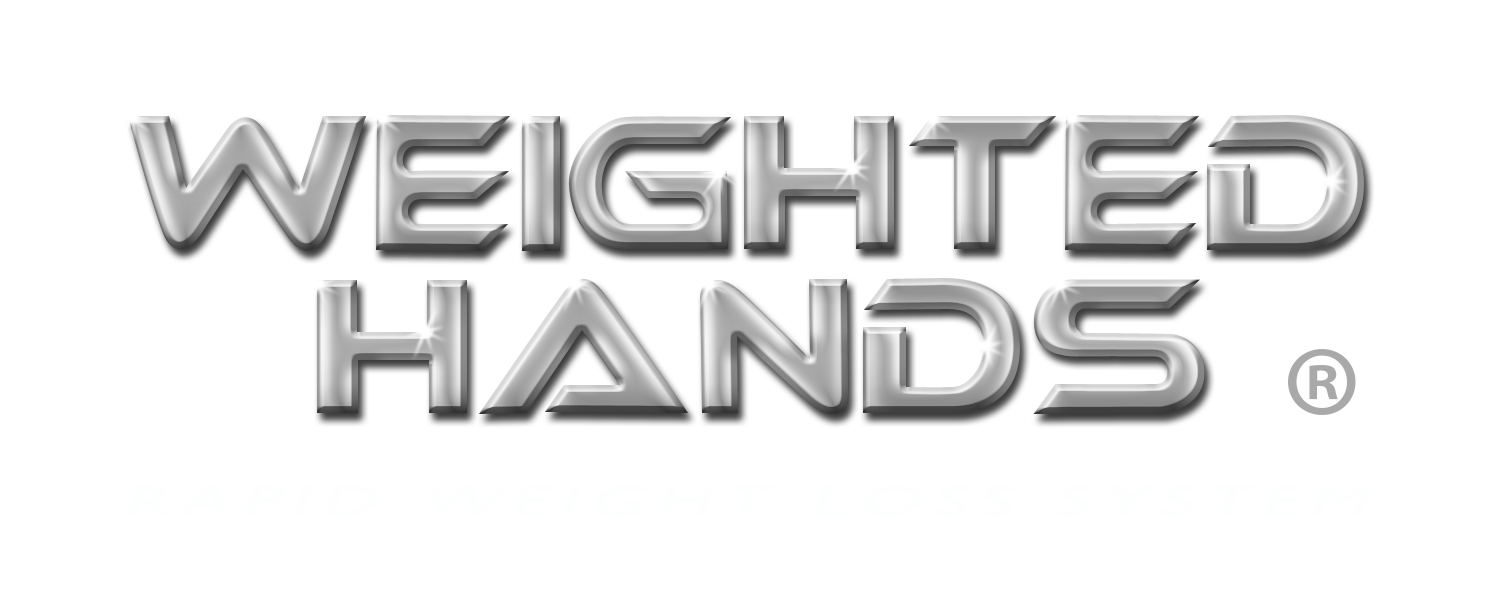


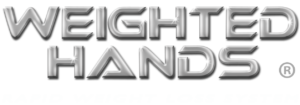
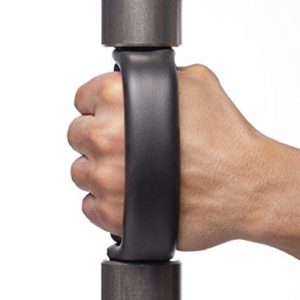
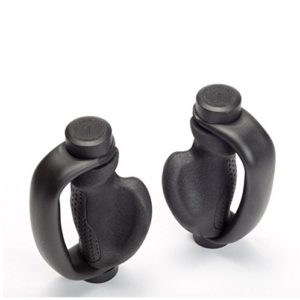
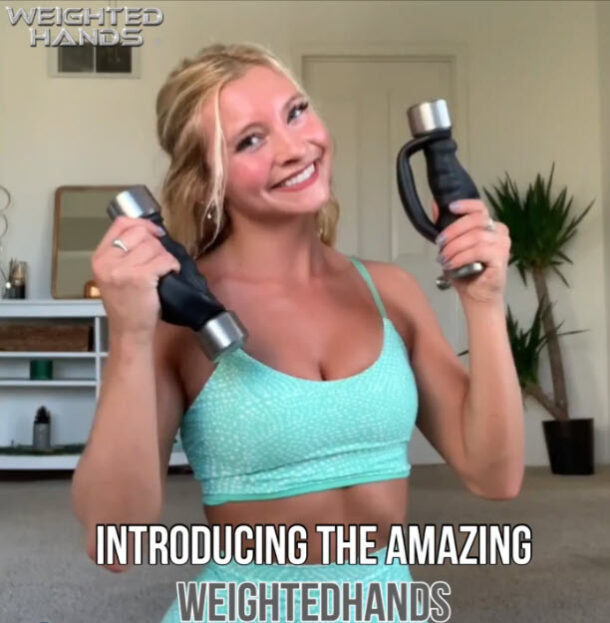
Recent Comments